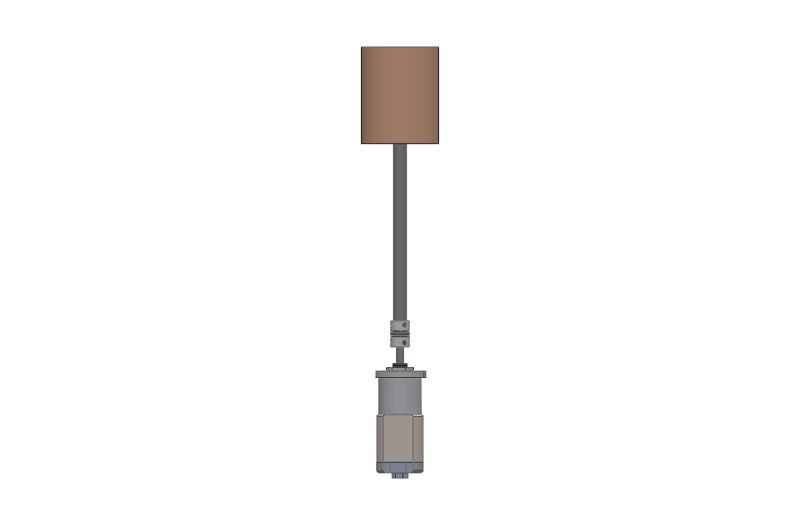Hello everyone,
I am intending on buying a brushless DC motor and use it as a generator to get the electrical output from a 7mm rotating shaft by coupling it with the motor. I need to somehow test the power output at different rotational speeds of the shaft. Is there anyway or kind of brushless DC motor that can somehow control the rpm or do I have to use a mechanical break? Any advice would be highly appreciated.
Thanks
I am intending on buying a brushless DC motor and use it as a generator to get the electrical output from a 7mm rotating shaft by coupling it with the motor. I need to somehow test the power output at different rotational speeds of the shaft. Is there anyway or kind of brushless DC motor that can somehow control the rpm or do I have to use a mechanical break? Any advice would be highly appreciated.
Thanks

